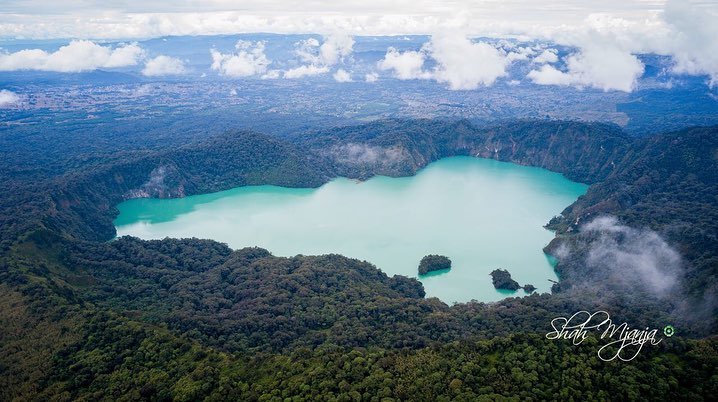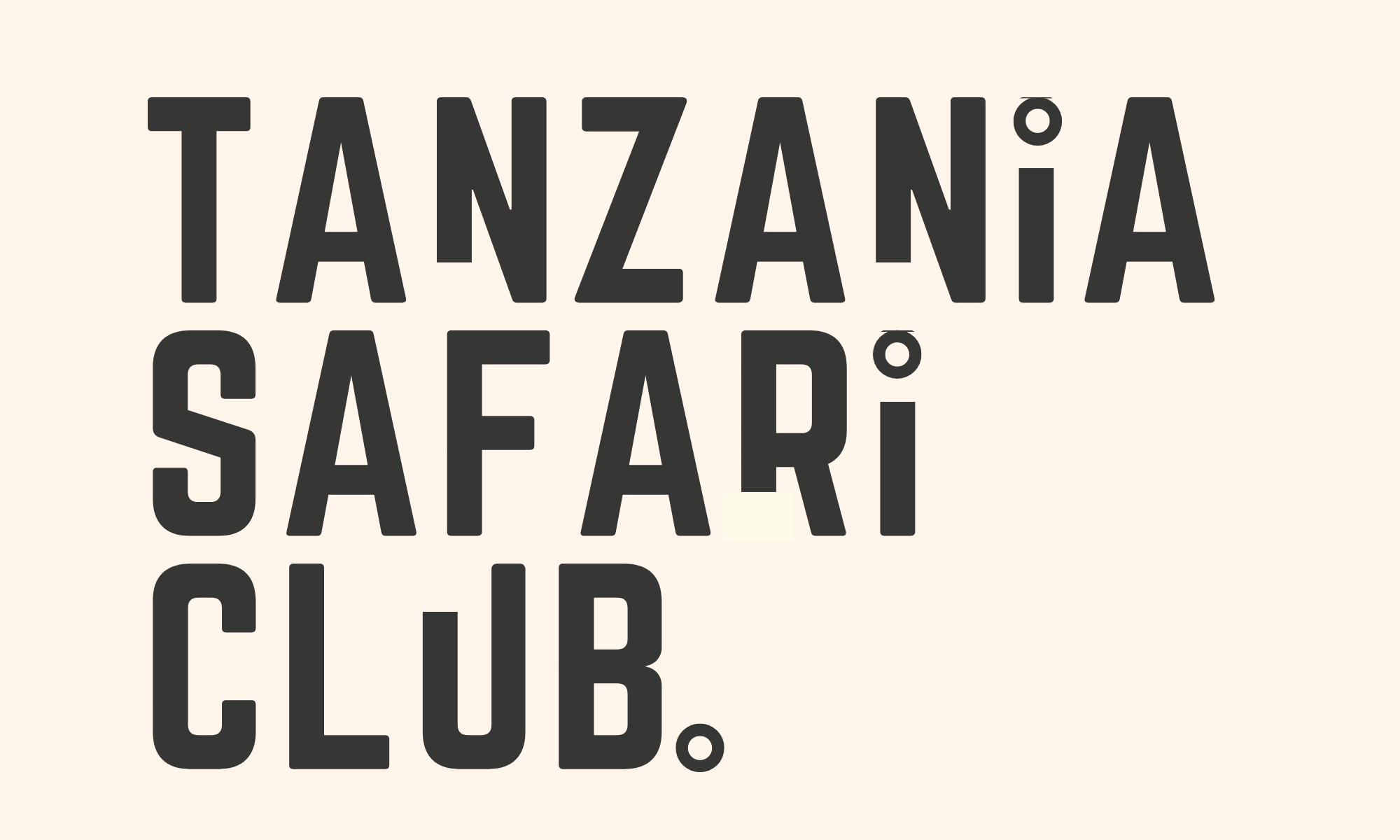Table of Contents
Lake Ngozi
Lake Ngonzi is a beautiful crater lake found in the Mbeya region of Tanzania; 38km from Mbeya city. Much like the Ngorongoro Crater, the surrounding area was created by explosive volcanic activity which makes Lake Ngozi a ‘crater lake’; in fact it is the second largest crater lake in Africa spanning over 2.5km in length, 1.6km in width, and roughly 75m deep (although estimates vary wildly from 50m to 300m) . It is part of the Poroto Ridge which is a section of the larger caldera rim’s highest point (2620m), a Caldera being the imploded remains of a volcano which has collapsed in upon itself. Ngozi is said to have been created 12000 years ago during a Plinian eruption (an eruption which ejects a large amount of pumice with very powerful continuous gas explosions).
Although the beautiful surroundings seem tranquil, and the area has not seen volcanic activity for thousands of years, Lake Ngozi emits a substantial amount of CO2 and shows signs of the potential for a limnic eruption (an eruption which can produce a noxious cloud of volcanic gas). This is followed up by local legends of the lakes killing power (which includes a 12 headed snake which protects German colonial treasure).

Local Legends of Lake Formation
The Lake, and surrounding area, is not only famous for its outstanding beauty and various rare wildlife, but the myths and local legends that surround Lake Ngozi are some of the most interesting aspects of Lake.
It is said by the Nyakyusa People (ethnic group in this area of Southern Tanzania) that a sharman called Lwembe was chased from his birth village (Ukwama in the Makete area) after the people had become sick of his deceptive trickery. He is said to have fled to the area near the waters edge. Cows started to disappear whenever they grazed nearby; People started going missing too. The Nyakyusa elders decided to dispel the fiend by heating up a huge rock in a fire for three days and then rolled it into the lake, casting their own magic spells. Thereafter, the menace was gone.
Other myths suggest that Colonial German solders dumped a large amount of treasure into the waters of the lake and put a spell to protect the gold and hamper any other persons efforts to reclaim it. Some say this includes the emission of poisonous gasses, but now we know that these gasses could be from the volcanic activity in the area. Other variations of this myth suggest that there is a 12 headed snake which protects the treasure and comes out to the surface on sunny days. Whether there ever was treasure remains a mystery.
The water itself supports a plethora of wildlife despite all of these grizzly tales. The lake contains fish and other marine life (potentially even that snake), and supports plethora of vegetation (although less than some of the crater lakes near Mbeya) and unique land animals.
How to Get to Lake Ngozi
The Ngozi Lake can be found after a 50 minute hike from the park entrance by the nearest road. From Mbeya you can take a bus (or personal vehicle) which takes you to the right at the Tukuyu – Lake Malawi Junction. 10kms along that road you will come across road signs for the Ngozi crater on the right. There may be entrance fees to enter onto the path up the to the lake, and fees for the staff to guard the car (if you have one). These change regularly so make sure to have a little bit of money available- say $20.
The track, and Lake Ngozi itself, is surrounded on all sides with thick green shrubs, Banana trees and huge bamboos. At points it can be steep and overgrown but the walk itself shouldn’t be too difficult for somebody of average fitness. 2.5km in you will come up to a fork in the road; the right path leads to the peak, and the left path takes you down towards the waterline. All the effort will all be worth it when you get to the peak. You can look over the whole of Lake Ngozi which is famous for having bright emerald green waters which is breathtaking on a warm, clear & sunny day.
If you so happen to have come from Safari, or have a love for wildlife, keep an eye out for the Black and White Colobum Monkey and Three Horned Chameleon (Chameleon Fuelleborni- the area is famous for these).


